Resilience is the capacity to withstand or recover quickly from difficulties. The word Resilience is derived from the present participle of the Latin verb resilire, meaning “to jump back” or “to recoil.”, from re- “back” + salire “to jump, leap”. In physical sciences, the meaning “elasticity, power of returning to original shape after compression, etc.” 1
If we are willing to walk fearlessly and tenderly into the crucible of a painful ending, we will find gifts waiting for us there that we never could have seen had we continued clinging to the safety of the familiar. – CRAIG HAMILTON
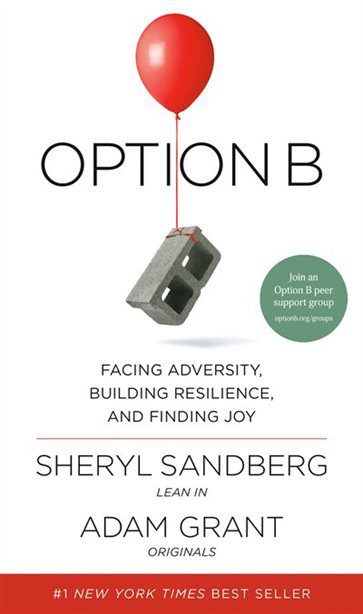
Resilience is the strength and speed of our response to adversity—and we can build it. It isn’t about having a backbone. It’s about strengthening the muscles around our backbone.
“Eric Greitens, in his book Resilience, describes the bottom line on responsibility. He says,
“The more responsibility people take, the more resilient they are likely to be. The less responsibility people take—for their actions, for their lives, for their happiness—the more likely it is that life will crush them. At the root of resilience is the willingness to take responsibility for results.
Psychologist Martin Seligman found that three P’s can stunt recovery:
(1) personalization—the belief that we are at fault;
(2) pervasiveness—the belief that an event will affect all areas of our life; and
(3) permanence—the belief that the aftershocks of the event will last forever
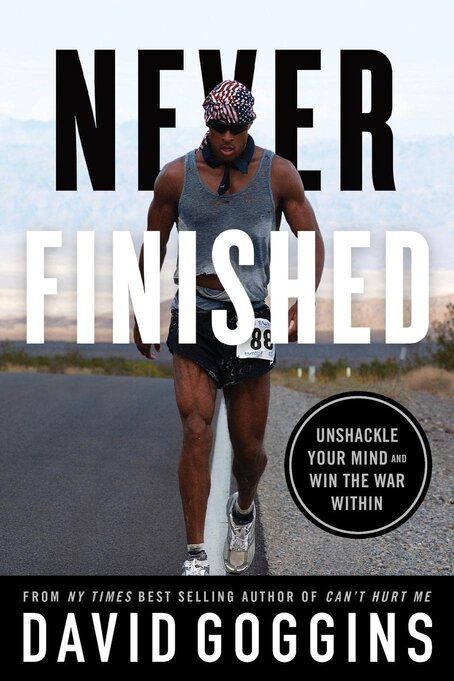
There are two levels to belief. There’s the surface level, which our coaches, teachers, therapists, and parents love to preach. “Believe in yourself,” they all say, as if the thought alone can keep us afloat when the odds are against us in the battle of our lives. But once exhaustion sets in, doubt and insecurity tend to penetrate and dissipate that flimsy brand of belief.
Then there’s the belief born in resilience. It comes from working your way through layers of pain, fatigue, and reason, and ignoring the ever-present temptation to quit until you strike a source of fuel you didn’t even know existed. One that eliminates all doubt, makes you certain of your strength and the fact that eventually, you will prevail, so long as you keep moving forward. That is the level of belief that can defy the expectations of scientists and change everything. It’s not an emotion to be shared or an intellectual concept, and nobody else can give it to you. It must bubble up from within.
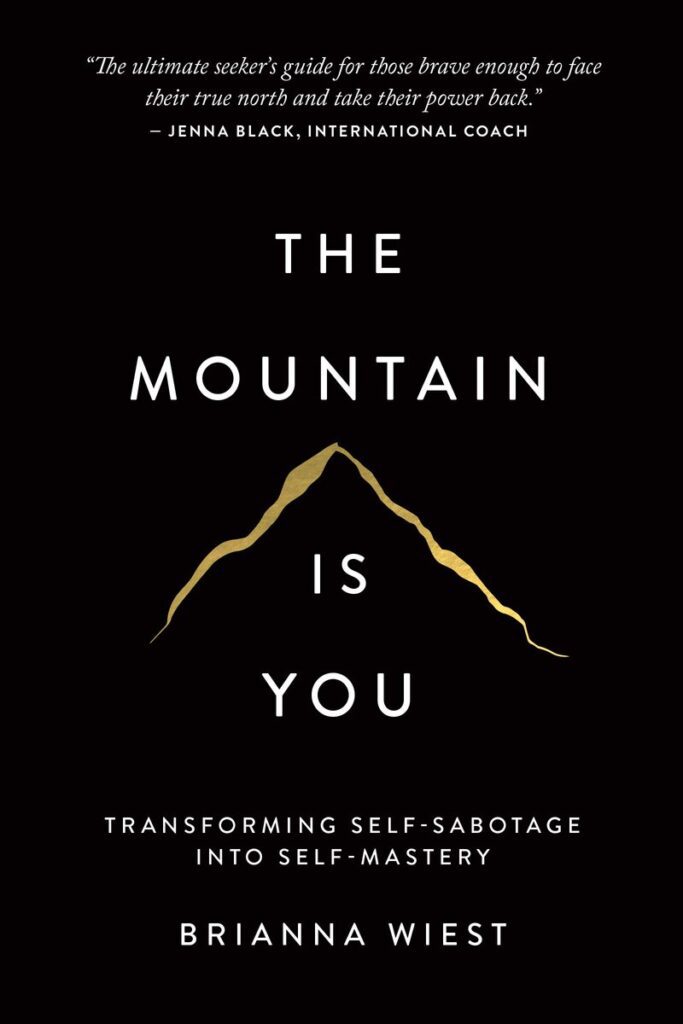
The Day that turns your life around
You must release your old self into the fire of your vision and be willing to think in a way you have never even tried before. You must mourn the loss of your younger self, the person who has gotten you this far but who is no longer equipped to carry you onward. You must envision and become one with your future self, the hero of your life that is going to lead you from here. The task in front of you is silent, simple, and monumental. It is a feat most do not ever get to the point of attempting. You must now learn agility, resilience, and self-understanding. You must change completely, never to be the same again.
In the end, it is not the mountain that you must master, but yourself.
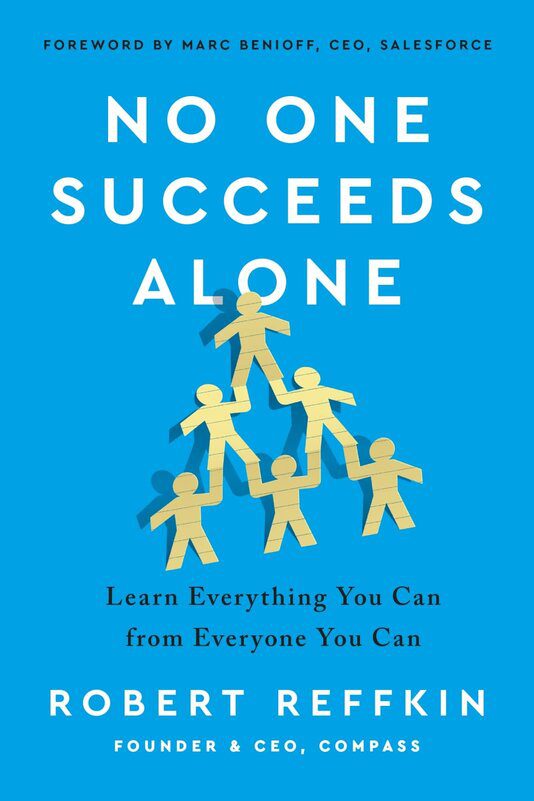
Our greatest weakness lies in giving up. The most certain way to succeed is always to try just one more time. —Thomas Edison
For everyone with a dream, there are countless doubters, skeptics, cynics, and competitors. For every impressive victory, there are many more crushing failures and defeats. For every great run of luck, there’s the day when your luck runs out. The truest test of character is not how you act when things are going great—it’s what you do when you hit bottom.
Never stay down. Find the resilience to jump back up and stand even taller than before. Show your grit by continuing to push even when every fiber of your being is telling you to give up, quit, rest. Use your passion to keep dreaming big no matter how many times your dreams are dashed. Resilience, grit, and passion are the difference between an entrepreneur and somebody who had a big idea once.
Resilience, grit, and passion are the difference between someone who’s living their dreams and someone who’s living with regret. Think about it: when you’re knocked flat on your back, there’s literally nowhere to go but up. You can see with your own two eyes that the sky’s the limit. The only thing left to do is to bounce back with passion by returning to the beginning and dreaming big again.
Hope sustains life. Hope is the elixir of survival during our darkest times. The ability to envision and imagine a brighter day gives meaning to our suffering and renders it bearable. When we lose hope, we lose our central source of strength and resilience. – Will, Will Smith
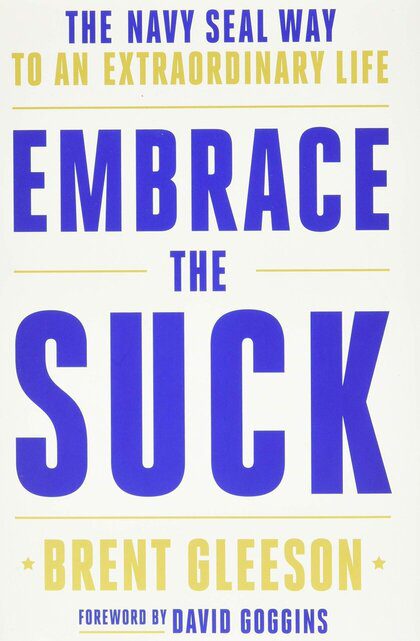
Challenge-Commitment-Control mindset
1. Challenge: Resilient people view difficulty as a challenge, not as a paralyzing event. They look at their failures and mistakes as lessons to be learned from and opportunities for growth.”
2. Commitment: Resilient people are committed to their lives and goals. They have a compelling reason to get out of bed in the morning. They are not easily deterred or distracted by “opportunities” that are unrelated to their desired outcomes.”
3. Control: Resilient people spend their time and energy focusing on situations and events that they have control over. And because they put their efforts where they can have the most impact, they feel empowered and confident.
“We are the architects of our own beliefs, the decisions we make, and the results those decisions deliver. We may not always realize it, but we have a relatively significant impact on how our lives unfold.”
Meditation
- Daily Jay with Jay Shetty – Sharpen the Axe
The expectations of life depend upon diligence; the mechanic that would perfect his work must first sharpen his tools. – Confucius
- In life, even if we are doing well, we can’t just plough through assuming that things will stay the same, assuming that we will continue to crush it at the same rate. If we want to remain effective, we’ve got to recalibrate continually. We must maintain and expand our tools, skills, qualities and talents. Constantly step back to assess your effectiveness or productivity.
- The tools in your toolkit matter; you’ve got to take pain to polish, hone, restore, and brush up.
Give me six hours to chop down a tree and I will spend the first four sharpening the ax. – Abraham Lincoln
- Daily Calm with Tamara Levitt – Forest Bathing
- As we walk, drive or eat, we are often on autopilot, in our head, worrying, and planning.
- Forest bathing, or shinrinyoku, inspires us to unplug from technology, move gently, and experience a natural environment like never before. It is a way to gain presence, slow down the mind and relax the body.
The goal of life is to make your heartbeat match the beat of the universe, to match your nature with Nature. – Joseph Campbell
Podcast
- REWIRE Your THOUGHTS and Brain To HEAL Your Body Today! Dr Joe Dispenza
We only accept, believe and surrender to the thoughts that are equal to our emotional state.
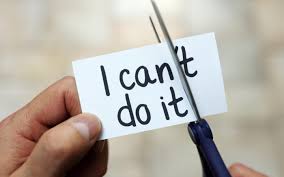


Comments are closed.